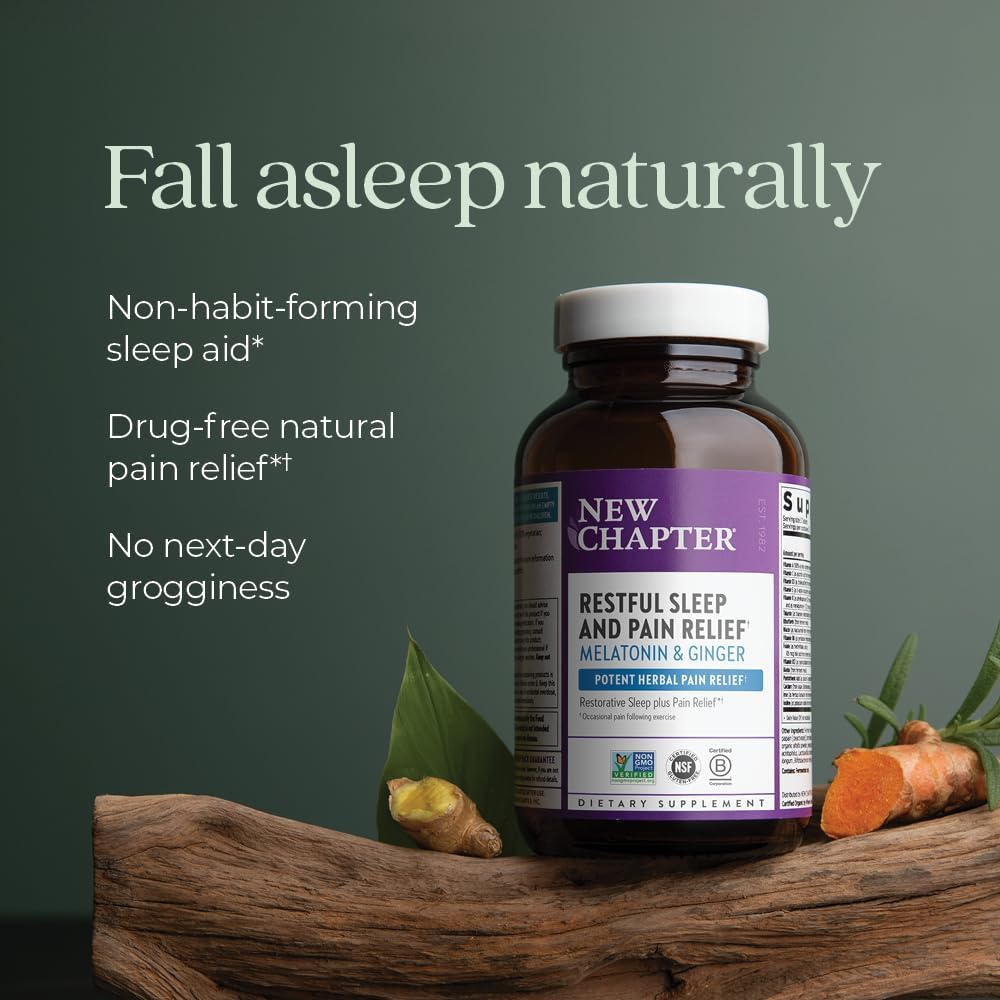







Price: $17.97
(as of Apr 05, 2025 02:48:03 UTC - Details)
The Best Way to Sleep with Lower Back Pain: A Comprehensive Guide
Introduction
Dealing with lower back pain can be a real challenge, especially when it comes time to sleep. Finding the best way to sleep with lower back pain is crucial for recovery and overall health. This article explores practical methods and solutions to improve your sleep quality, focusing on various factors that contribute to back pain relief. Whether you’re searching for the best sleeping positions, supportive mattresses, or ergonomic pillows, we've got you covered.
If you're struggling with discomfort at night, understanding how to align your body properly can make a significant difference. Discovering tailored solutions not only helps you sleep better but also promotes healing. Let’s dive into the world of sleep and lower back pain relief.
Understanding Lower Back Pain
What Causes Lower Back Pain?
Lower back pain can stem from numerous reasons, including muscle strain, herniated discs, or even poor posture during the day. Recognizing the root cause is essential for finding the right sleeping solutions.
Long Tail Keyword: Causes of Lower Back Pain
When we explore the causes of lower back pain, we often encounter lifestyle factors like prolonged sitting or improper lifting techniques. These habits can lead to muscle fatigue and discomfort. Understanding these causes allows you to make lifestyle changes that can enhance your sleep.
The Best Sleeping Positions
Finding the Right Sleeping Position
Your sleeping position plays a crucial role in managing lower back pain. Certain positions can worsen your symptoms, while others can help alleviate discomfort.
Long Tail Keyword: Sleeping Positions for Lower Back Pain
-
Side Sleeping: This is often considered the best position. Placing a pillow between your knees can keep your spine aligned, reducing pressure on your lower back.
-
Back Sleeping: If you prefer sleeping on your back, try placing a pillow under your knees. This can help maintain the natural curve of your spine.
- Avoiding Stomach Sleeping: This position can strain your neck and back, leading to increased pain. If you must sleep on your stomach, consider using a very thin pillow or no pillow at all.
Choosing the Right Mattress
The Importance of a Supportive Mattress
Your mattress can make or break your sleep quality, especially when dealing with back pain.
Long Tail Keyword: Best Mattress for Lower Back Pain
-
Medium-Firm Mattresses: Studies show that medium-firm mattresses often provide the best support for individuals with lower back pain. They maintain spinal alignment while allowing for comfortable pressure relief.
-
Memory Foam Options: If you prefer a softer feel, memory foam mattresses can also be beneficial. They contour to your body, providing support while reducing pressure points.
- Hybrid Mattresses: For those who want the best of both worlds, hybrid mattresses combine the support of innerspring coils with the comfort of foam layers.
Pillow Choices Matter
Selecting the Correct Pillow
Alongside your mattress, your pillow choice is equally essential for a good night's sleep.
Long Tail Keyword: Best Pillow for Lower Back Pain
-
Contour Pillows: These pillows support the natural curve of your neck and head, promoting alignment and reducing strain on your back.
-
Knee Pillows: For side sleepers, a knee pillow can enhance comfort and support, ensuring your spine remains aligned.
- Adjustable Pillows: Consider pillows that allow you to adjust the filling. This way, you can customize your comfort level based on your sleeping position.
Incorporating Sleep Aids
Utilizing Sleep Aids for Better Comfort
If you’re still struggling to find comfort at night, sleep aids can provide additional support.
Long Tail Keyword: Sleep Aids for Lower Back Pain
-
Heating Pads: Applying heat before bed can relax muscles and alleviate pain, making it easier to fall asleep.
-
Topical Pain Relievers: Creams or gels that target pain can provide temporary relief, allowing you to sleep more soundly.
- Relaxation Techniques: Incorporating techniques such as deep breathing or gentle stretching before bed can help reduce tension and improve sleep quality.
Lifestyle Adjustments for Better Sleep
Making Changes to Your Daily Routine
Your daily habits can significantly impact your sleep quality and lower back pain.
Long Tail Keyword: Lifestyle Changes for Lower Back Pain Relief
-
Regular Exercise: Engaging in low-impact exercises like walking, swimming, or yoga can strengthen your back muscles and improve flexibility.
-
Proper Posture: Maintaining good posture throughout the day can prevent the strain that leads to back pain at night.
- Weight Management: Maintaining a healthy weight can reduce excess strain on your back, leading to improved sleep quality.
Conclusion
Finding the best way to sleep with lower back pain involves understanding your body and making informed choices about your sleep environment and habits. From selecting the right mattress and pillow to adjusting your sleeping position, every little factor can contribute to a better night's sleep.
Ultimately, prioritizing your comfort and health will lead to improved sleep quality and reduced back pain. By implementing these strategies, you can pave the way to restful nights and pain-free mornings. Remember, a good sleep routine is vital for overall well-being, especially when dealing with lower back pain.
So, whether you're searching for the best sleeping positions, supportive mattresses, or effective sleep aids, take the time to explore your options. Your back will thank you!
SLEEP AID: Let pain-free sleep come naturally with the right amount of Melatonin plus potent herbal relief+ in NEW double-benefit formula*
DRUG-FREE RELIEF: Clinical dose of Ginger for natural relief+ to support high-quality, restorative sleep*
NON-GROGGY: Non-habit-forming sleep supplement lets you wake up refreshed, without next-day grogginess*
SUPERFOOD & NON-GMO: Includes herbal sleep blend with Valerian & Tart Cherry, and herbal inflammation blend with organic Turmeric
Non-GMO Project Verified, 100% Vegetarian, Certified Gluten Free by NSF, No artificial flavors or colors (+occasional pain following exercise)
